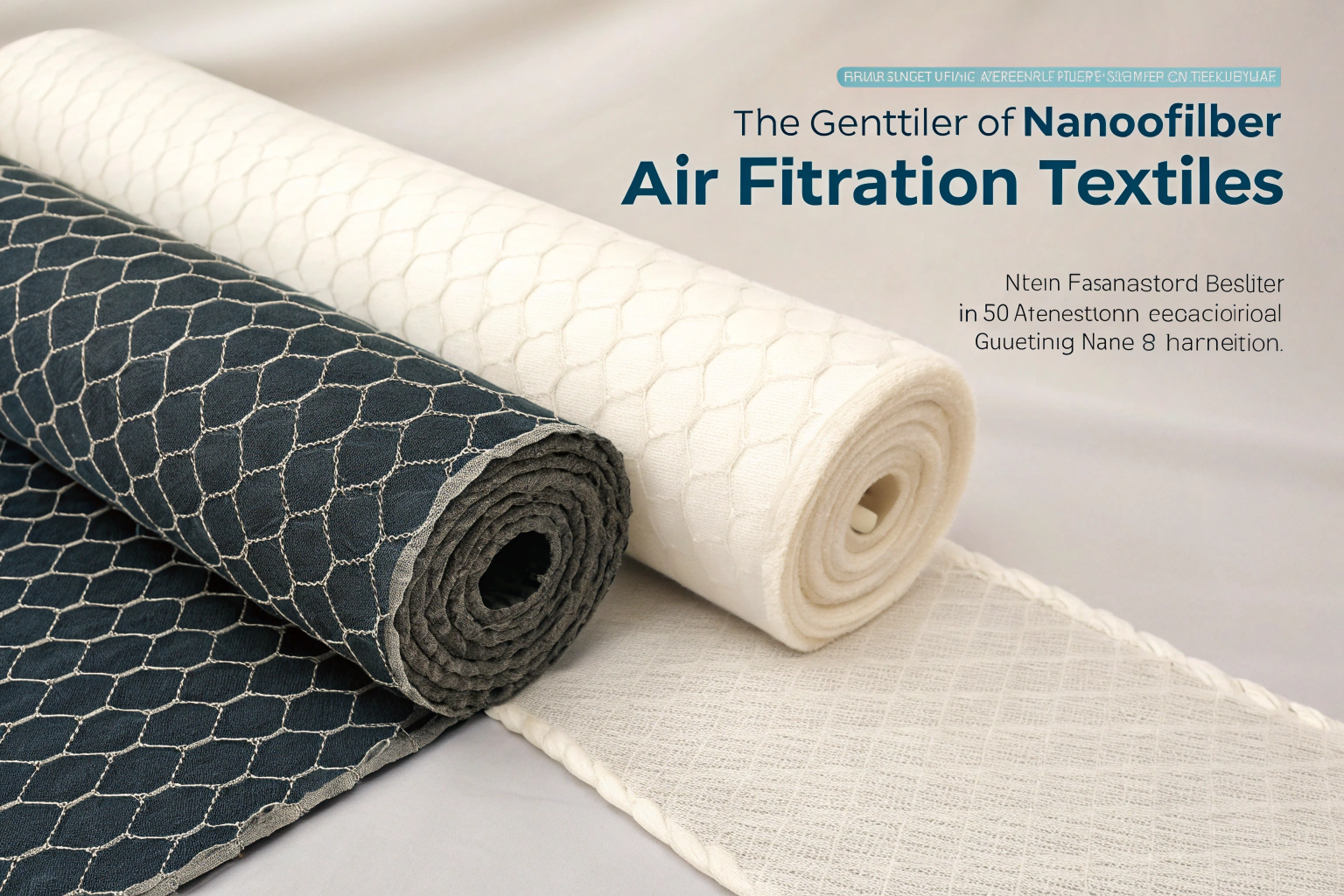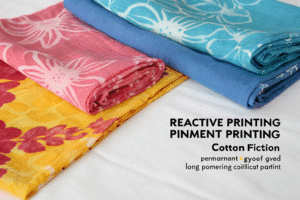Air quality is no longer just a health concern—it has become a global priority. From industrial factories to household purifiers, the demand for high-efficiency and sustainable filtration solutions is rising fast. Yet, many buyers and manufacturers still struggle to keep up with the latest breakthroughs in nanofiber technology, which are transforming how we filter fine particles, pathogens, and even toxic gases.
The latest generation of nanofiber air filtration textiles offers not only high efficiency but also durability, multifunctionality, and eco-friendly benefits that older filter fabrics could not deliver.
As someone deeply engaged in the textile industry, I have followed these developments closely, and I see new opportunities for both industrial and consumer applications. Let us explore the most important advances that are shaping the market today.
sPTFE Nanofiber Fabrics: Are They Changing Industrial Filtration?
Air pollution and industrial dust remain a persistent problem for manufacturers worldwide. Traditional microfiber filters often fail to provide long service life while keeping airflow resistance low.
Stretch-enhanced PTFE (sPTFE) nanofiber nonwovens are now setting a new standard. Developed by South Korean researchers, these ultra-thin fabrics achieve more than 92% filtration efficiency while maintaining a very low pressure drop, ensuring smooth air circulation.
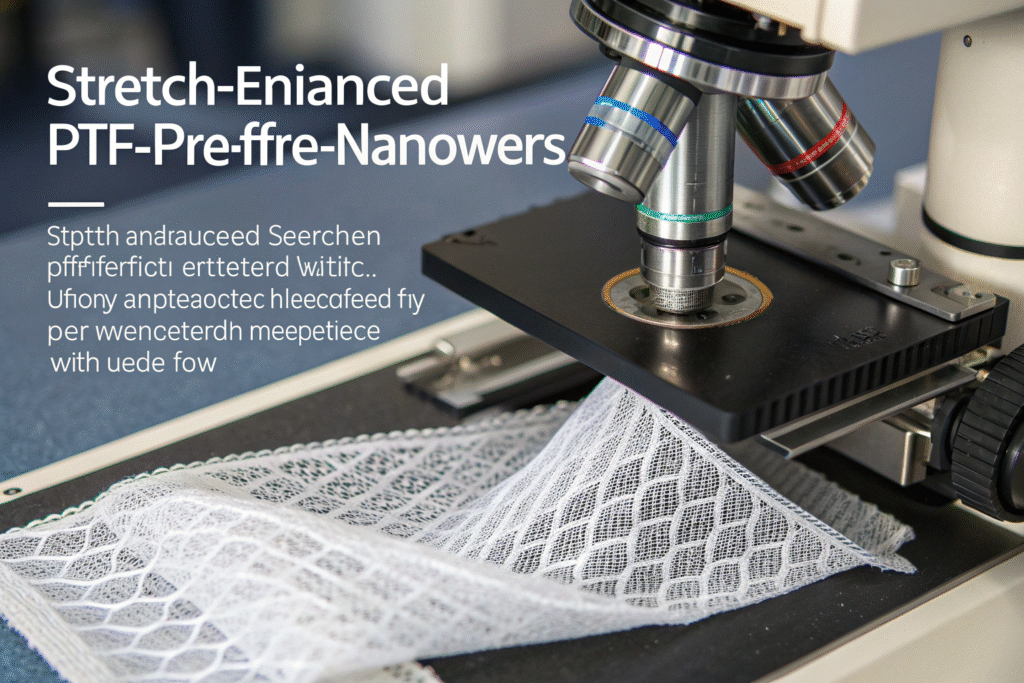
The secret lies in their structure. These membranes are just 28.96 µm thick but have an extended lifespan up to four times longer than conventional filters. Their ability to hold over 100 grams of dust per square meter makes them ideal for high-temperature and high-dust industries, such as cement production and metal processing.
How Do They Compare to Conventional Filters?
sPTFE filters deliver higher efficiency with reduced maintenance costs. Traditional microfiber nonwoven filters tend to clog faster and require frequent replacement, while sPTFE maintains airflow for longer cycles. Buyers who prioritize industrial sustainability will find these filters both cost-effective and environmentally beneficial.
Why Are They Attractive for Global Buyers?
For U.S. and European clients who face rising labor costs, filters that require fewer replacements offer significant savings. Moreover, the longer service life translates directly into less downtime for industrial machinery, something that global procurement managers consistently seek.
Multifunctional Electrospun Membranes: Can One Filter Do It All?
In the past, a filter could only target dust or bacteria. Today, nanofiber engineers are building multifunctional filters that can capture particulates, adsorb harmful gases, and even neutralize microbes—all in one layer.
Multifunctional nanofibrous membranes are emerging as the next big thing in air purification. These membranes use electrospinning to integrate different functional agents directly into the fiber network.
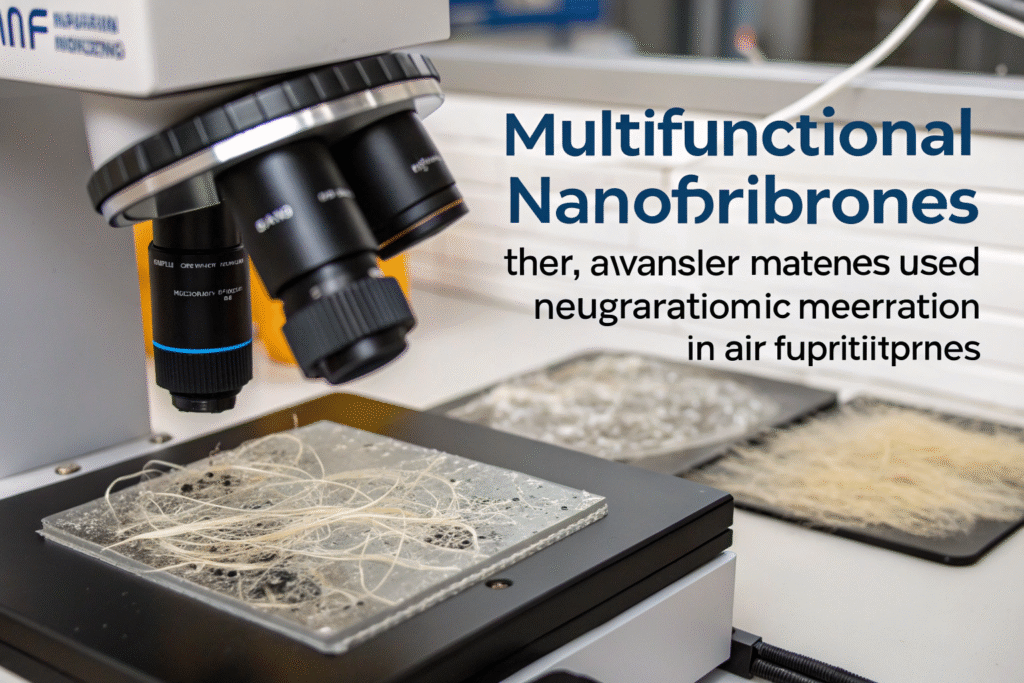
For example, one filter can remove PM2.5 particles, absorb volatile organic compounds (VOCs), and simultaneously offer antimicrobial action. This integration saves space, reduces costs, and creates more compact devices—perfect for next-generation consumer products like smart air purifiers and medical respirators.
What Makes Them Different?
Unlike traditional filters, multifunctional membranes merge multiple capabilities. A study in Springer’s Polymer Journal highlights advances where catalytic particles, antibacterial nanoparticles, and adsorbents are all embedded in a single textile. Another detailed review in ScienceDirect explains how these textiles provide not just protection but also long-lasting antibacterial performance.
Where Will They Be Used First?
The first adopters are healthcare systems and home appliance manufacturers. Hospitals require reliable air cleaning with antimicrobial safety, while premium purifier brands in the U.S. and Europe want compact, multifunctional solutions to appeal to eco-conscious and tech-savvy consumers.
Green Alternatives: Can Silk Nanofiber Aerogels Replace Synthetic Filters?
As governments tighten environmental rules, buyers are searching for biodegradable alternatives to petroleum-based filters. Enter silk nanofiber aerogels—a breakthrough from Wuhan Textile University.
Silk nanofiber aerogels combine high-performance air filtration with biodegradability. The material uses a 3D porous network, strengthened with chitosan, which improves water resistance and durability.
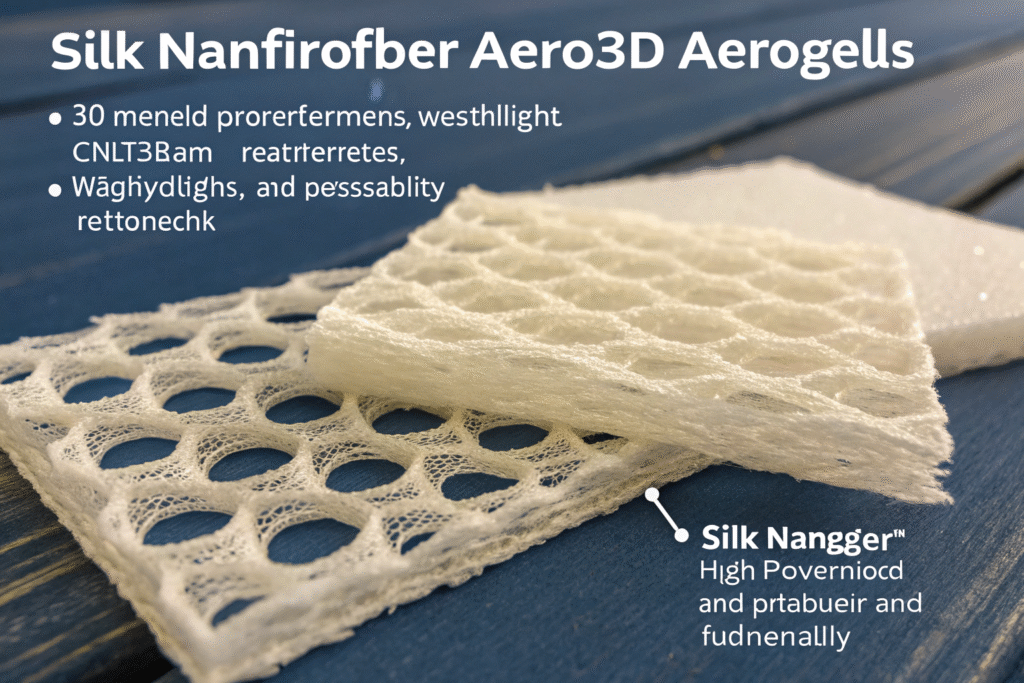
Tests show that these aerogels can effectively capture PM0.3 particles and tobacco smoke while still allowing excellent air circulation. More importantly, they degrade naturally in landfills, reducing environmental waste.
Why Are They Better for the Environment?
While synthetic filters like polypropylene meltblown fabrics dominate the market, they contribute heavily to plastic pollution. In contrast, silk-based aerogels break down within months, offering buyers a sustainable choice aligned with global ESG initiatives.
Will Buyers Pay More for Green Filters?
Yes, especially in Europe and the U.S., where eco-friendly certifications increasingly influence purchasing. Fashion brands, luxury hotels, and eco-home product suppliers are already exploring silk-based solutions to enhance their sustainability branding.
Smart and Antimicrobial Nanofiber Filters: Are They the Future of Wearables?
The next wave of innovation goes beyond air purifiers and industrial systems. Researchers are now embedding sensors and antimicrobial agents directly into nanofibrous membranes.
Smart nanofiber membranes are designed to sense pollutants, monitor air quality, and even track physiological signals. This opens the door to wearable masks and healthcare devices with built-in intelligence.
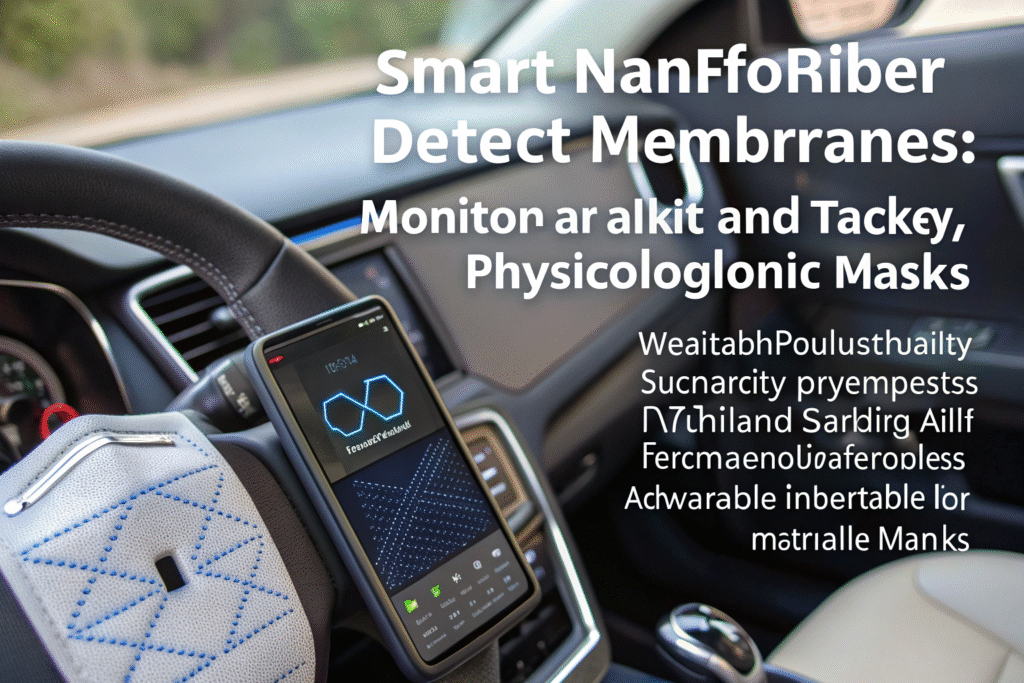
Antimicrobial nanofibers also bring significant benefits. They can capture viruses and bacteria while preventing microbial growth on the filter surface, ensuring safer long-term use.
What Technologies Are Emerging?
Recent work described in Advanced Functional Materials shows how nanofibers can be self-polarizing, feature dual fiber diameters, and integrate responsive materials. Meanwhile, antimicrobial textiles based on silver, copper, and natural biopolymers are being tested for both medical masks and household filters.
How Can This Help Buyers in the U.S.?
For American importers, smart antimicrobial filters combine health safety with market appeal. Wearable technology companies and sports brands are already experimenting with textile-based filtration masks. By offering not only safety but also real-time monitoring, these products can capture the attention of wellness-focused consumers.
Conclusion
The latest innovations in nanofiber air filtration textiles show that the industry is moving toward greater efficiency, multifunctionality, eco-sustainability, and smart applications. From ultra-durable sPTFE fabrics to biodegradable silk aerogels and intelligent antimicrobial membranes, these breakthroughs are reshaping the future of clean air solutions worldwide.
If you are a buyer looking to source cutting-edge filtration textiles, now is the time to act. At Shanghai Fumao, we not only produce and export fabrics but also support clients in co-developing functional textiles that meet both industrial and consumer demands. To discuss your custom nanofiber or eco-fabric needs, please contact our Business Director Elaine at elaine@fumaoclothing.com.

